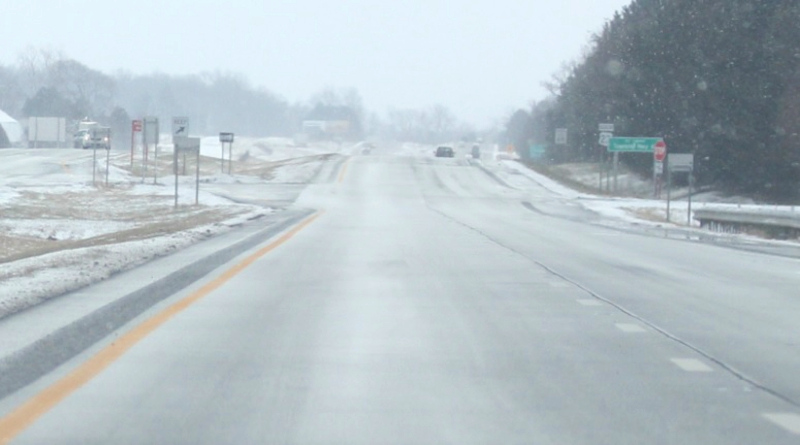U.S. 23 Safety Project Called Off After Petition Denied
The Ohio Department of Transportation says a safety project on U.S. 23 in Wyandot County has been called off after a vote by the county commissioners.
ODOT says the project would have improved the safety of six intersections along U.S. 23 in Wyandot County.
ODOT said, with their vote, the commissioners acknowledged the community’s preference to leave the corridor alone unless a full interchange can be constructed at State Route 294.
Full details are available in the following media release from the Ohio Department of Transportation.
The Ohio Department of Transportation’s (ODOT) petition to vacate five roads along the U.S. 23 corridor south of the city of Upper Sandusky was rejected by the Wyandot County commissioners. The move puts to rest a project which would have improved the safety of six intersections along U.S. 23 in Wyandot County.
In response to the petition, the Wyandot County commissioners held a public viewing last week at the Wyandot County Courthouse. More than 30 community members and business representatives attended to discuss the projects merits.
The project was initially presented to the public in July 2020. The proposed project would have constructed a restricted crossing U-turn (RCUT) on U.S. 23 at County Highway 113/Township Highway 124, and at State Route 294. In addition, it would have removed access to the divided highway at Township Highway 68, County Highway 74, Township Highway 72, Township Highway 65, and County Highway/Township Highway 62.
Following the public comment period, the RCUT at County Highway 113/Township Highway 124 was removed from the project due to the impact on emergency response services.
“The community has shown tremendous active engagement in the public comment process raising many substantive questions about how the changes would impact the local businesses, farmers, and residents,” said ODOT District 1 Deputy Director Chris Hughes. “With this vote, the commissioners acknowledged the communitys preference to leave the corridor alone unless a full interchange can be constructed at State Route 294,” he said.
The project proposal grew out of the local crash review process and aimed to take advantage of the additional safety funding made available in Gov. Dewines transportation budget. Ohio now has the 3rd largest safety budget nationally with $159 million available annually to all municipalities, counties, and ODOT districts statewide.
“We understand the communitys preference for a full interchange, and we agree that it is the safest way to access a high speed, four-lane divided highway. Unfortunately, due to the high cost, securing funding using ODOTs safety program is not feasible at this time,” said Hughes.
A project receiving safety funding must meet strict standards to ensure that safety funds are properly allocated. Because of the competitive nature of the safety funds, a project must show, among other scoring criteria, a high safety benefit/cost ratio.
The project as proposed by ODOT was viewed as having the best chance of earning some of the available safety funding and improving safety along the corridor in a short timeframe. “For the proposed project to beat out other projects and receive funding, it must have the access removal at the five intersections combined with the RCUT, said ODOT Capital Programs Administrator Rob White. “It is by limiting access to the divided highway and redirecting the traffic to the RCUT that the highest safety benefit is achieved,” he said.
An RCUT intersection design improves safety by managing conflict points. By restricting left turns, the number of conflict points drops from 32 to 16. The countermeasure is proven to reduce serious injury crashes by 40% and fatalities by 70% in rural areas.
With a relatively low price tag of $2 million, as compared to $14-16 million for a full interchange, an RCUT would provide the needed safety benefit/cost ratio for the funding application.
“While we would have liked to see this project move forward and improve safety for the local residents and those traveling on U.S. 23, we respect the process and the wishes of the local community,” said Hughes.
ODOT leaves the door open to the Wyandot County commissioners to alter any of the locations individually by removing or altering access for the improved safety of motorists.

